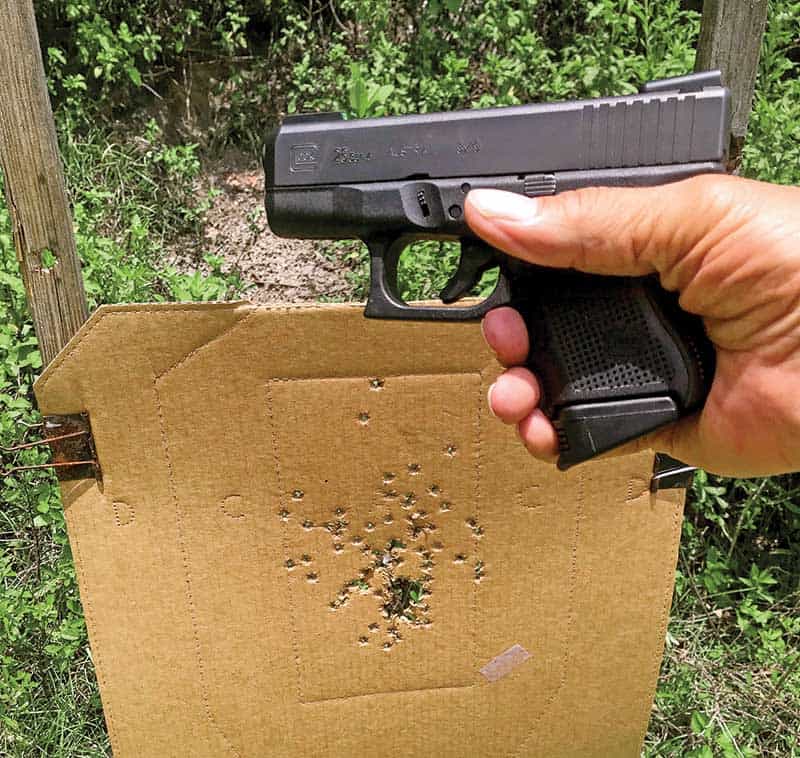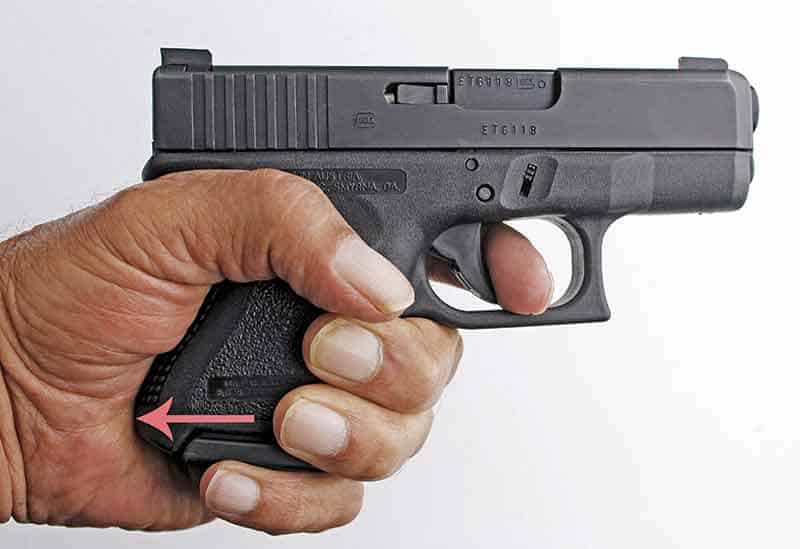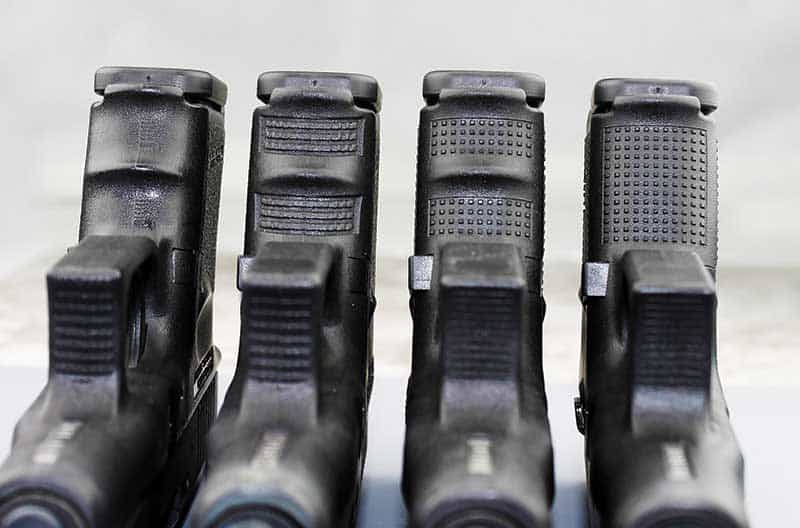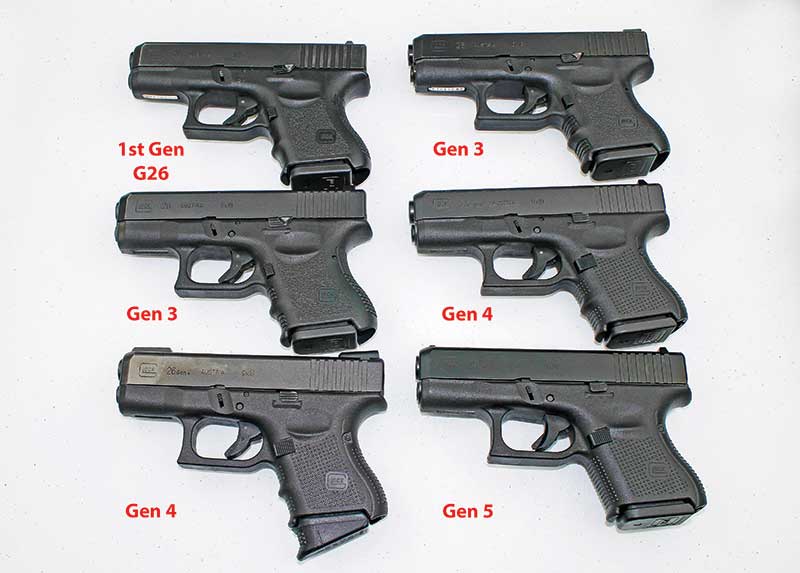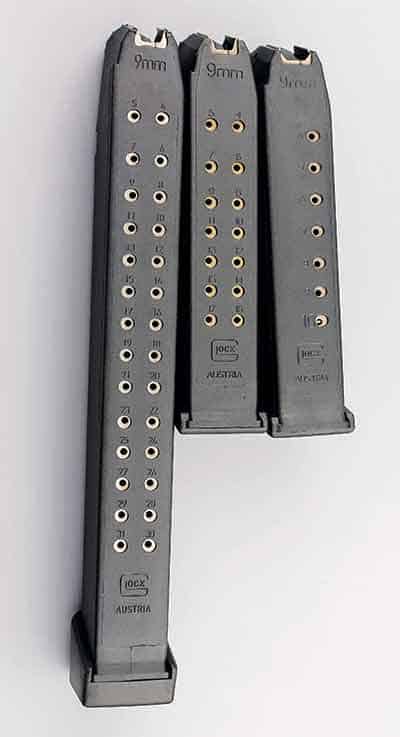Learning To Appreciate
I bought my two gun-test samples, a G27 and G26, when they came out in 1995. I confess I preferred the more potent .40, and the 27 got an NY-1 trigger and Trijicon night sights while the neglected 26 remained bone stock. The .40 got a lot of carry time because for quite a while I used a full size GLOCK 22 .40 for daily wear, even on duty, with the 27 for backup in an Alessi ankle holster; all the Baby GLOCKs will run with the higher-cap magazines of their larger brethren in the same caliber. Except when I felt a need for larger capacity and went with a G17 and +2 magazine with G26 for backup, my 9mm languished in the gun safe for the most part until the second decade of the 21st Century.
What changed things for me began in competition. My friend Danny Ryan runs the GSSF (GLOCK Sport Shooting Foundation) competition section at GLOCKTalk.com. A few years ago, he commented more than once the overall best score at matches had been won by GLOCKmeisters like Bryan Dover and Mike Ross with stubby G26 pistols, beating every score fired with longer barrel GLOCKs including their own. Intrigued, I shot my next GSSF match with a G26 in all the 9mm events … and had the same average score I’d been getting with the full size G17. I got into the habit of doing the same thereafter in all my GSSF shoots — running the 26 against 5.3" barrel G34s in Competition to warm up, then in Master Stock against 4.5" G17s, and finally in the Baby GLOCK’s own event, Subcompact, now thoroughly dialed in. Won some guns, too. (Why the 26 as opposed to the 27 or 33? Cheaper ammo and less recoil.)
